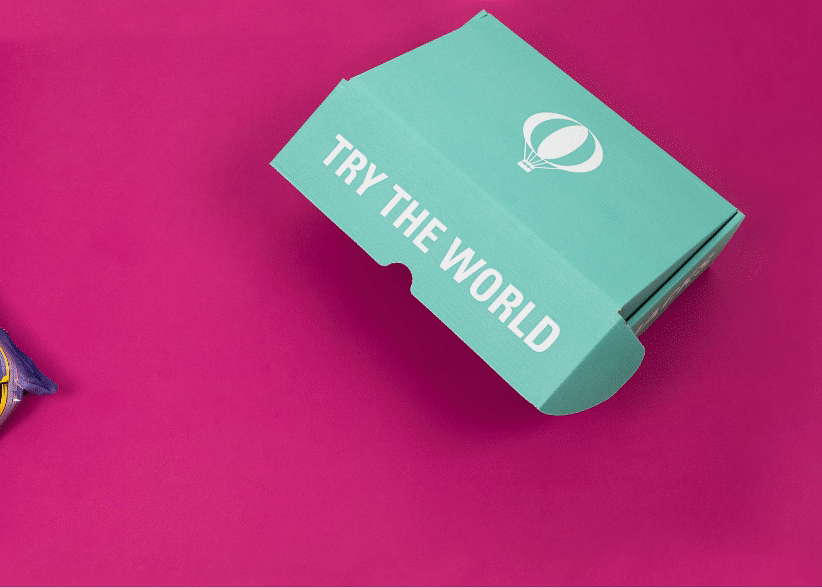Sharing some of the same agricultural characteristics as California and France, Chile is great for producing grapes to make wines like cabernet and sauvingnon blanc. Carménère wine is a speciality in Chile and also used to make wine jelly (from the Chile Box). A plague during the 19th century destroyed nearly all of the Carménère vineyards in Europe, but in 1998 the grape was rediscovered growing in Chile.
The geography of Chile is truly noteworthy and one of the reasons why wine from here is becoming so widespread. The slender, very long country is broken into 3 separate areas: Costa, Andes, and Entre Cordilleras. Each region produces wines that are very unique.Chile creates unique blends with deep flavors and fragrance. One of the true Chilean blends is a mix of Syrah and Cabernet Sauvignon: it’s versatile, balanced, and deliciously spiced.
Another noteworthy point about Chilean wines is their prices. Some of the highest quality wines are priced very moderately – something to remember while grocery shopping! Chile’s sun exposure and soil creates grapes that are sweet and flavorful, and sometimes with the aroma or subtle flavor of nearby crops, i.e berries, jalapeños, or olive oil.
In the 2000s, because of a serious drought and rivers drying out, certain grapes and vines were replanted, and they’re only now just maturing. According to Chilean law, all wine bottles must display the grape, the vintage (the year that the grapes were harvested), and the area where the wine was produced. The term “reserva” indicates that a bottle is made of 12% alcohol, whereas “reserve privada” has a slightly higher content (12.5%).
Here’s a run-down of where your favorite wines are being made in Chile:
- Grapes used for Pinot Noir are usually grown in Leyda – Chile’s “hottest property” – which is known for being cool and foggy and having granite-based soil.
- Grapes used in Chardonnay and Riesling are usually grown in Leyda, Limari, or Casablanca. These regions are close to Santiago and have morning fog and bright, sunny afternoons.
- Grapes used in Sauvignon Blanc are usually grown in the Maipo, Rapel, Curico, and Maule regions.
- Grapes used in Syrah are usually grown in the Aconcagua, Elqui, and Limari regions. Aconcagua is one of the first places wine was cultivated in Chile and is marked by the Andes, the Aconcagua River, and the Pacific ocean: a sea breeze cools the vineyards, and snow from the Andes irrigates the soil.






